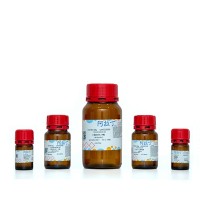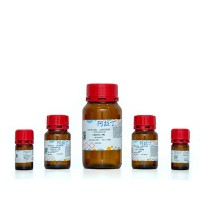Incorporation of photoisomerizable chromophores into small molecule ligands represents a general approach for reversibly controlling protein function with light. Illumination at different wavelengths produces photostationary states (PSSs) consisting of different ratios of photoisomers. Thus optimal implementation of photoswitchable ligands requires knowledge of their wavelength sensitivity. Using an azobenzene-based ion channel blocker as an example, this protocol describes a 1 H NMR assay that can be used to precisely determine the isomeric content of photostationary states (PSSs) as a function of illumination wavelength. Samples of the photoswitchable ligand are dissolved in deuterated water and analyzed by UV/VIS spectroscopy to identify the range of illumination wavelengths that produce PSSs. The PSSs produced by these wavelengths are quantified using 1 H NMR spectroscopy under continuous irradiation through a monochromator-coupled fiber-optic cable. Because aromatic protons of azobenzene trans and cis isomers exhibit sufficiently different chemical shifts, their relative abundances at each PSS can be readily determined by peak integration. Constant illumination during spectrum acquisition is essential to accurately determine PSSs from molecules that thermally relax on the timescale of minutes or faster. This general protocol can be readily applied to any photoswitch that exhibits distinct 1 H NMR signals in each photoisomeric state.






